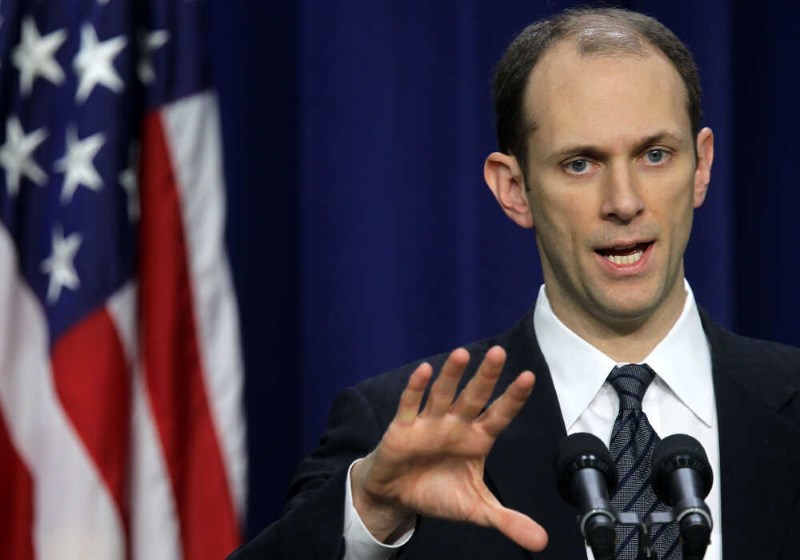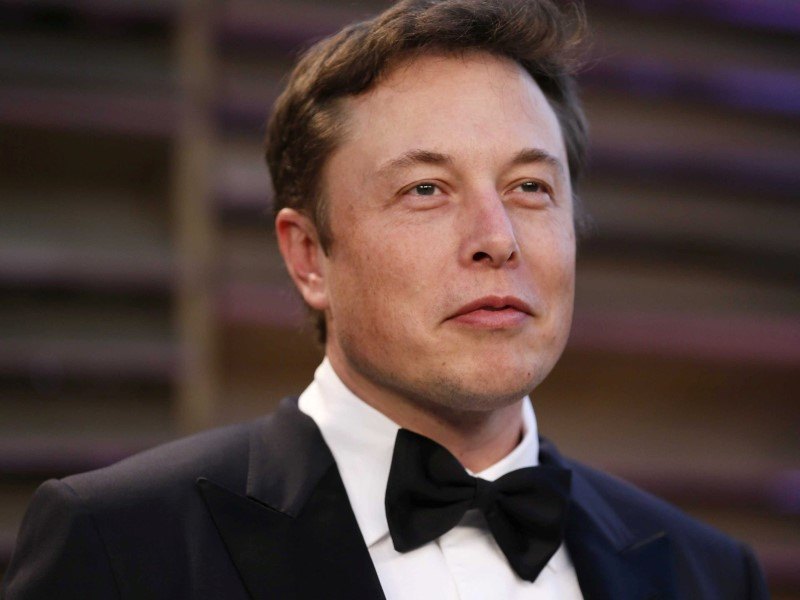Politics
How Elon Musk’s DOGE is Transforming U.S. Government Dynamics
Elon Musk’s DOGE marks a key transformation President Trump introduced after returning to office: the Department of Government Efficiency. This initiative, driven by Trump and Musk, aims to streamline the federal government. Its goal is reducing bureaucratic size and enhancing operational efficiency. However, the plan’s scope and implementation are causing significant concern.
What Exactly is DOGE?
Despite its name, DOGE is not a department in the traditional sense. Instead, it is a rebranding of the US Digital Service (USDS), designed to modernize federal government technology. Trump’s executive order reshapes the USDS and introduces a new “temporary organization,” which will operate until 2026. This temporary structure allows for flexibility in staffing and the use of volunteers, bypassing typical government hiring restrictions.
Musk Takes Charge
Elon Musk, now positioned within the Executive Office of the President, has been given the task of driving the changes in federal bureaucracy. DOGE teams, placed in every executive agency, report directly to Musk. These teams are tasked with implementing what is being called the “President’s DOGE Agenda.” It remains unclear if Musk is directly overseeing the day-to-day operations or if someone else is filling that role.
Broadening the Mission
Though initially focused on cutting bureaucracy and reducing waste, Trump’s executive order limits DOGE’s mandate to modernizing federal technology. However, the president quickly expanded its role by issuing a second order, directing the government to hire “only highly skilled Americans” who align with American ideals. Musk, meanwhile, has already flexed DOGE’s power within federal agencies, such as the Treasury Department, and has begun making bold statements about other government entities like USAID.

Fed’s Goolsbee Advocates Caution Amid Growing Economic Uncertainty
Austan Goolsbee, President of the Federal Reserve Bank of Chicago, has urged the central bank to proceed cautiously…
Legal and Ethical Concerns
DOGE’s reach is raising questions about its legality and Musk’s involvement. While executive orders are binding, critics argue that Trump has granted Musk far-reaching access, including to sensitive government data. Musk’s status as a Special Government Employee (SGE) raises additional concerns about conflicts of interest. Some view DOGE’s actions as an unchecked overstep.
What’s Next for DOGE?
Trump and Musk are shaping DOGE, but its future remains uncertain. The push to streamline bureaucracy has support. However, Musk’s growing influence in federal agencies raises ethical and legal concerns. The future of DOGE will balance innovation with oversight.
Controversy and Pushback
DOGE has already encountered resistance, including lawsuits from advocacy groups and unions questioning its structure. Meanwhile, Musk’s assertive actions—such as demanding access to classified information at USAID—have raised alarms about the direction DOGE could take in the future. Despite these concerns, Trump has shown no signs of backing down from his vision for government efficiency.
Elon Musk’s DOGE, while ambitious, raises doubts about its practicality. Streamlining government operations is crucial, but its vast scope and execution could introduce unforeseen challenges that complicate efficiency rather than enhance it, according to wsj deals.


